Mammalia

Cave Hyena
Crocuta crocuta spelaea

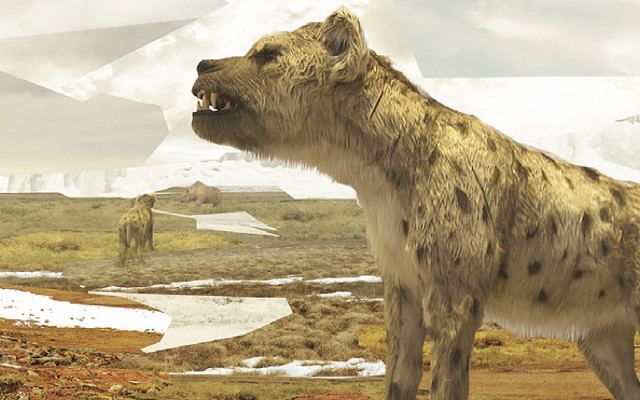
EXTINCT | 9 POINTS
PLAY: Move of 2. The card can even feed on herbivores of scale 9. If the Cave hyena is next to another Cave hyena, add one extra point.
FACT: Hyenas are more closely related to cats than dogs. By means of the powerful jaws and teeth of the cave hyena it could crush very dense bones.

Grey Wolf
Canis lupus


7 POINTS
play: The grey wolf has a MOVE of 2
Fact: Wolves will eat 20 to 30 pounds of meat in a single meal after a successful hunt, but can also go up to 2 weeks without food.

Black Bear
Ursus americana

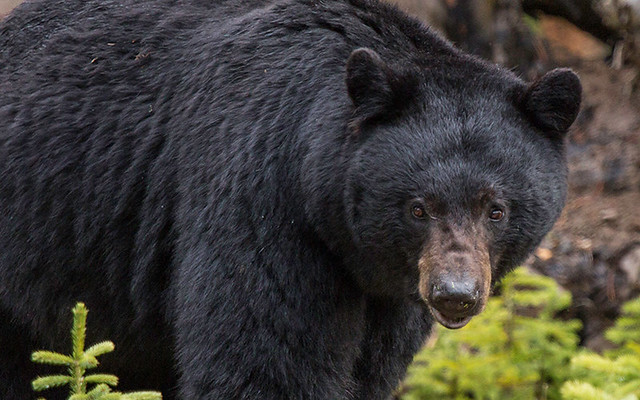
4 POINTS
Play: The black bear has a MOVE of 2
Fact: Black bears are omnivores. They help plants disperse their seeds by eating (and then pooping) lots of berries in late summer.

Canada Lynx
Lynx canadensis

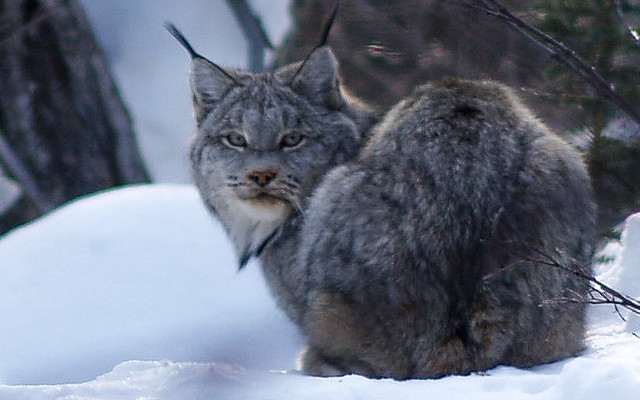
6 POINTS
Play: The canadian lynx has a MOVE of 2
Fact: Lynx population cycles are closely tied to their main prey-the snowshoe hare-peaking, then crashing sync, every 10 years.

Wood Bison
Bison bison athabascae

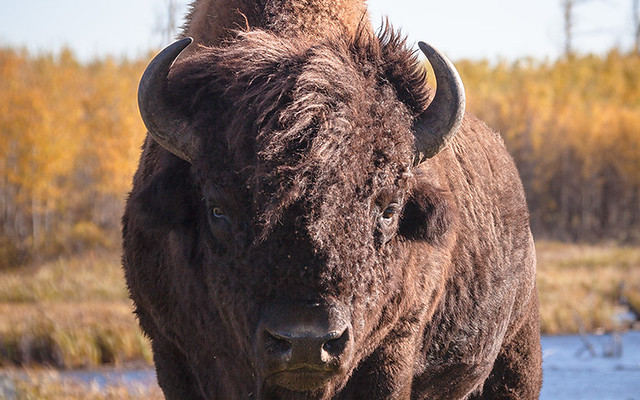
5 POINTS
Play: Species at Risk: no development events permitted. Has a MOVE of 2
Fact: Wood bison forage in meadows, but are named for traveling long distances through the forest on well-worn trails.

Woodland Caribou
Rangifer tarandus caribou

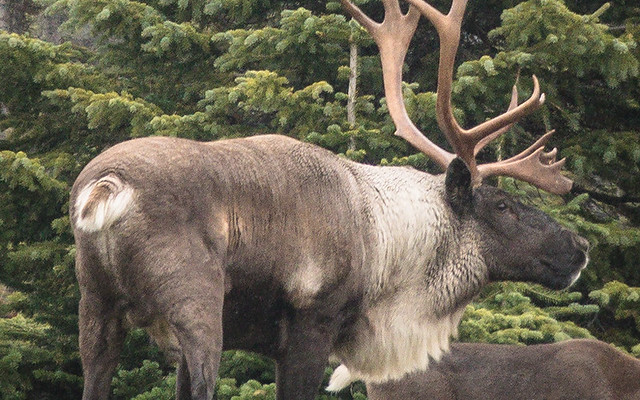
6 POINTS
Play: Species at risk: no development events. Only eats lichen. Has a MOVE of 2
Fact: Boreal woodland caribou are listed as Threatened because human disturbance to their habitat help predators find and kill them.